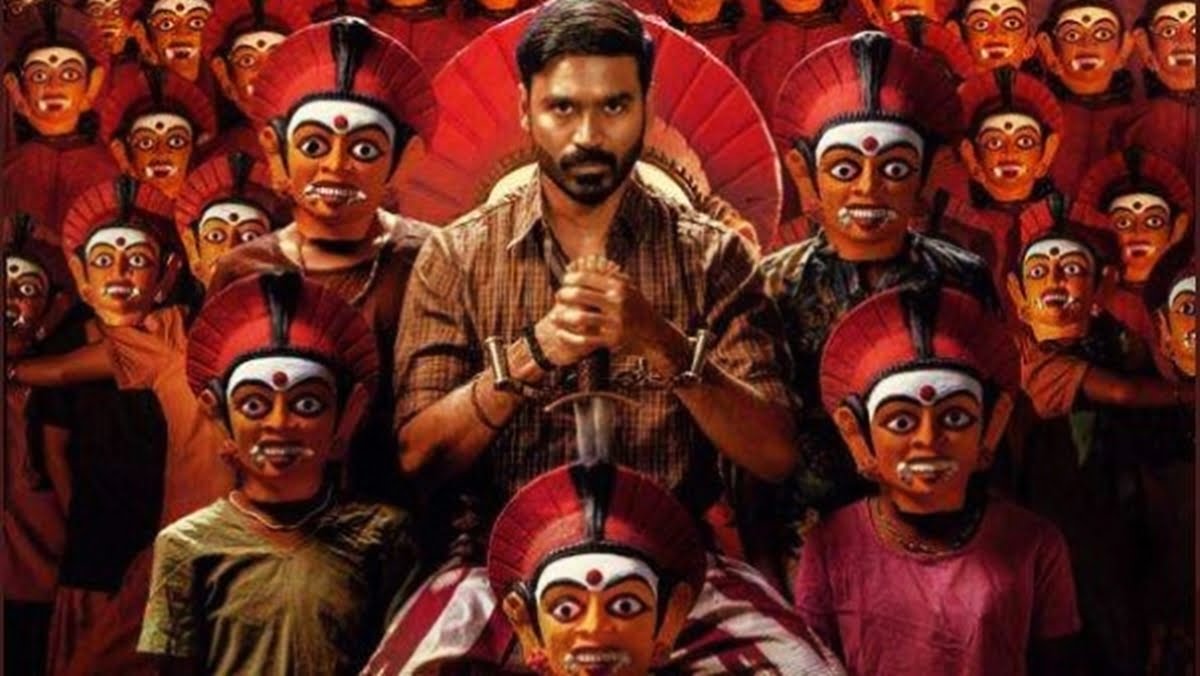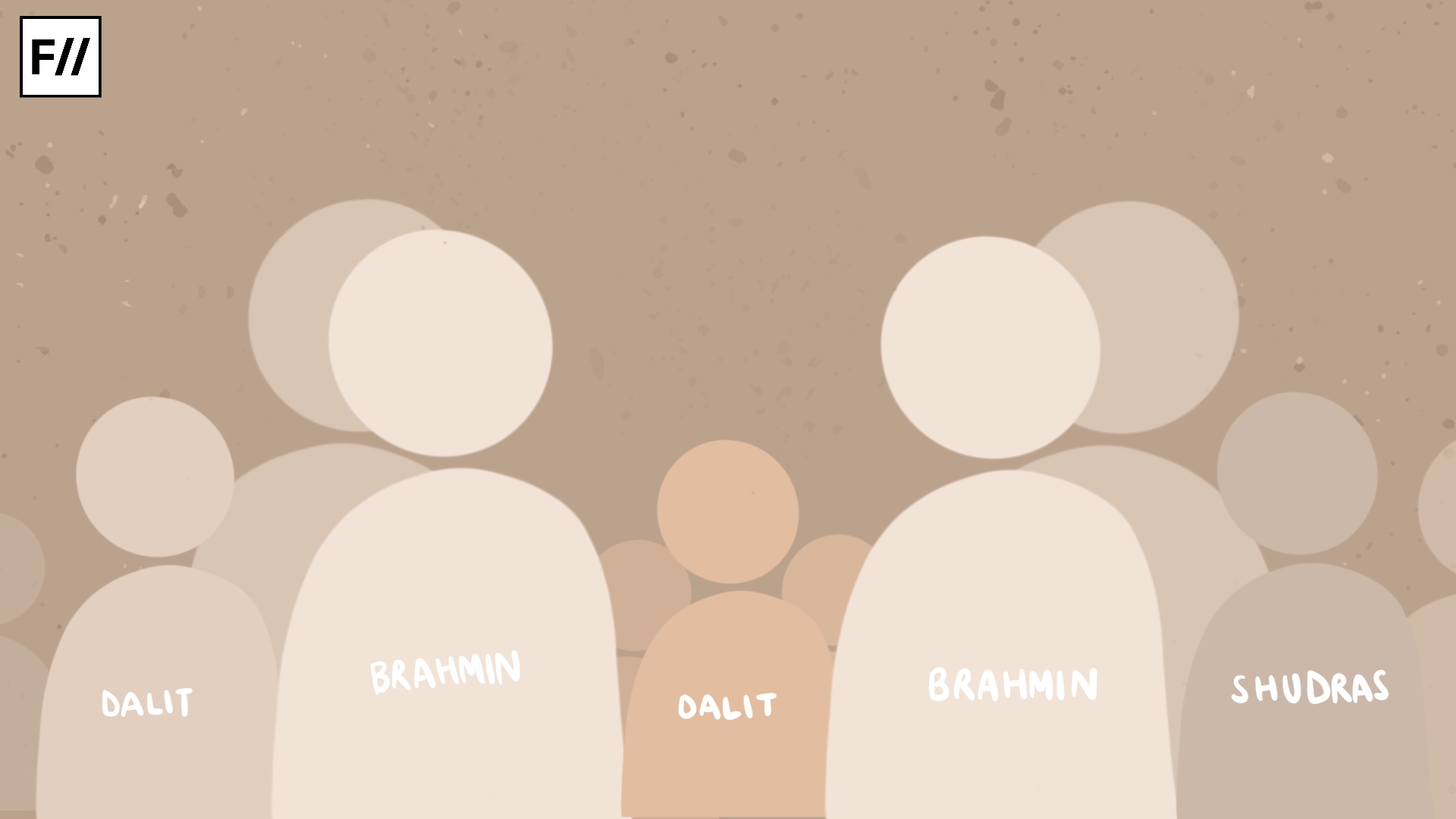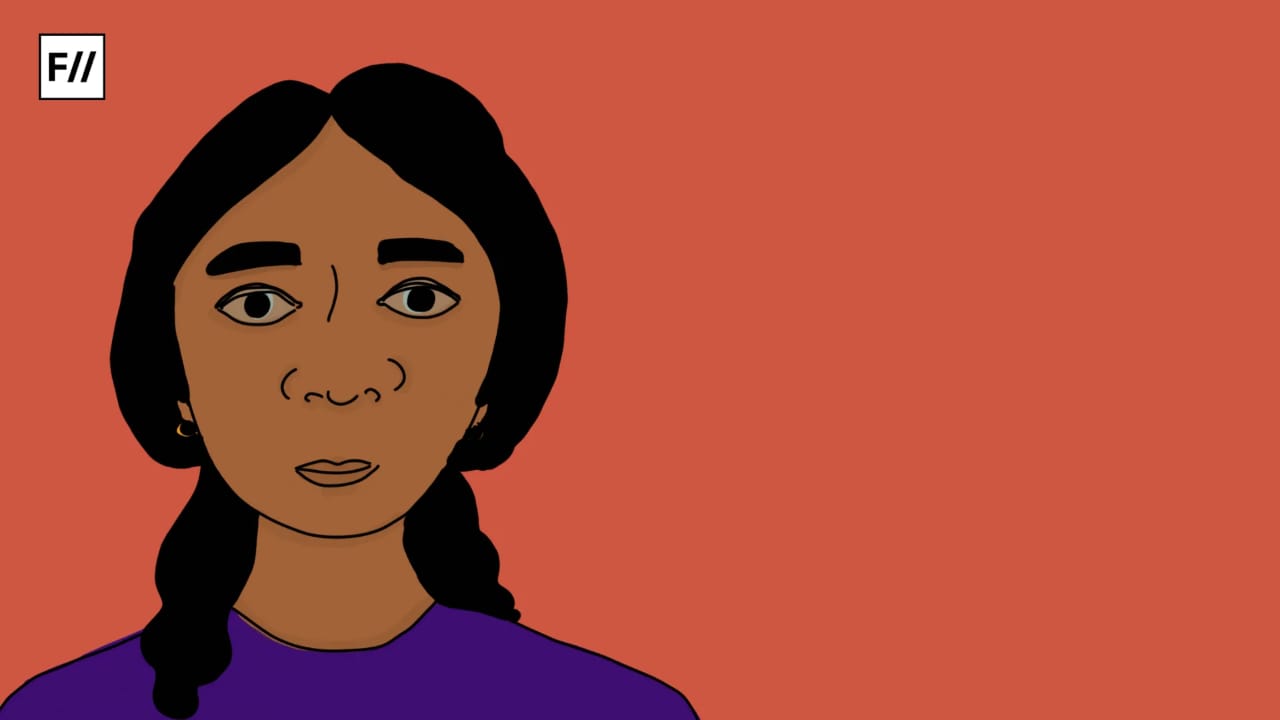What has the savarna gaze of the camera done to films that try to deal with the difficult issue of caste in India? It has resorted to foregrounding the same stereotypes and objectification of the caste-oppressed which the anti-caste movements have been trying so hard to dismantle and deconstruct. Even critically acclaimed films like Article 15 which claim to have contributed to consciousness-raising and started anti-caste conversations in elite, urban spaces have only ended up otherising the Dalit-Bahujan-Adivasi communities by refusing to enter their space and accord them a subject status. Instead, they have chosen to base the plot around the hackneyed “Brahmin-saviour” complex by putting the burden of reform and trickle-down change on the shoulders of the carefully chosen sharp-featured, fair-skinned, educated, privileged and empowered upper-caste hero of Aryan lineage.
Seen against the backdrop of such films, the recently released Tamil film Karnan stands in sharp relief as does its subaltern Dalit protagonist by the same name played by Dhanush. Karnan, belonging to a historically and socially oppressed Dalit community lives in a village comprising people only of that community. The village is in the middle of a perpetual caste feud with the neighbouring village Melur which is populated by people who are higher in the caste hierarchy. The condescending attitude of the inhabitants of Melur towards those of Podiyankulam is evident throughout many instances and episodes in the narrative. People of Melur cannot afford to lose even a game of kabaddi as that would mean losing face if they are defeated by people of a caste much lower than them. They indulge in eve-teasing girls from Podiyankulam who have to board a bus from the Melur bus stop since the village of Podiyankulam does not have a bus stop of its own.
Also read: Enjoy Enjaami: Deconstructing The Politics Behind Arivu & Dhee’s Latest

The state’s condescension and contempt for the people of Podiyankulam is manifested through exchanges amongst the police officers who look at the villagers as mischief-mongers and nuisance-creators in Karnan. Their simple acts of celebration that may involve dancing on the road or mounting an elephant are seen to create a considerable amount of discomfort in entitled savarna sections of the population whether it is the people of the neighboring village or the police officers as offensive and an unnecessary assertion of community pride.
This is naturally because the savarna logic informed by Brahminical ideology, responsible for the creation and perpetration of the caste system says that if you are born in an oppressed caste community, there cannot be any reason to be proud of your identity; instead there is only and every reason to be ashamed of it. Meekness and humility should be your defining traits. This all-pervading Brahminical belief plays through instances of state governance and structures of power which deny petition after petition and appeal after appeal from the community to have a bus stop in their village in Karnan.
Buses plying villagers become the central motif of state-orchestrated indifference to and deliberate exclusion and invisibilisation of the demands of the Dalit villagers in Karnan. The buses run through the village, failing to halt for a dying child on the highway, or a pregnant woman on her way to a hospital or a young girl on her way to college. This is symbolic of the state’s refusal to accommodate and connect the Dalit communities to centres of modernisation and progress, be it then a college or a hospital. This is yet another way of keeping the community deprived of access to education, health and employment opportunities. The continued negligence on the part of the oppressive state prompts a collective act of attacking and destroying a bus by some people from Podiyankulam led by Karnan and invites a brutal backlash from one of the RSAs – the Repressive State Apparatus, the police force.
Also read: Article 15 Review: On Why Is It A Problem To Call It Just A Problematic Film
Despite the owner of the bus wanting an amicable settlement, a group of villagers are taken to the police station and beaten up brutally after being made to stand for hours on end without water. Their offense that is repeatedly cited by the in-charge officer is that they dared to assert themselves and look in the eye of the authorities who are not mere epicenters of power in the new nation state but social masters of the historically oppressed Dalit communities.
There is no Brahmin saviour in Karnan. The heroes, the martyrs, the strategists, the planners, the executors are all Dalits. The extent of their colonisation and state oppression becomes palpable because the camera and the narrative both choose to humanise them. The audience gets to see their lived reality – their customs, their food, their celebrations, their rituals and their romance.
There is no Brahmin saviour in this story. The heroes, the martyrs, the strategists, the planners, the executors are all Dalits. The extent of their colonisation and state oppression becomes palpable because the camera and the narrative both choose to humanise them. The audience gets to see their lived reality – their customs, their food, their celebrations, their rituals and their romance. The courtyard is populated by pigs and chicken and their young ones, considered filthy and polluting by upper-castes. Meat and alcohol are staples. Families do not conform to hierarchies of gender or age. It is not taboo to lash out at an older or male member of the family. Households are democratic and emotions are freely expressed. There is no practice of verbal censorship. The women are assertive, speak their mind, talk back, hit and ogle at men they like – all indoctrinated as instances of improper, immodest and inappropriate feminine behaviour in hegemonic and dominant castes.

Rage comes easy as do love and camaraderie. Karnan discusses his love interest with his thatha, his grandfather Yeama Raja (played by Lal) and the two caper around the village like buddies, his grandfather at times, acting like his sidekick and mediator.

At the same time it is not a monolithic community of like-minded people. The camera desists from homogenising or romanticising the Dalit community by showing people with clashing opinions and moles like Vadamaalaiyan (Yogi Babu) in the community like in any other. Likewise the solidarity of the Dalit community comes through in their insistence even in the face of impending catastrophe that Karnan should prioritise surviving and getting away from the village and joining the CRPF (Central Reserve Police Force) because that would usher in hope for the young men and women of the village. That he is the first to qualify for a government job from the entire village is a big deal, for the roadblocks to getting a job that guarantees a stable salary and a secure life are many. A government job is the only way to upward social mobility and needs to be embraced for there is precious little that can change existing conditions for the DB community.
Karnan chooses to stand by his village instead. And it requires a bloodbath, a carnage and a man to self-immolate to finally draw the attention of the media and activists and for the village to get its own bus-stop.
Karnan chooses to stand by his village instead. And it requires a bloodbath, a carnage and a man to self-immolate to finally draw the attention of the media and activists and for the village to get its own bus-stop. This stands to say volumes about the regressively colonial practices of the post-colonial Indian nation state that theoretically holds sacred a constitution defined by Ambedkarite values of social justice and reform. Karnan is an eye-opener. The lens is subversive and disturbing. After watching the film, people who have had a privileged savarna birth and upbringing in India (myself included), who have never had to worry about being denied access to health, education, sacred spaces, who have never attracted state ire for being born in a certain community, will certainly squirm. They will have to sit with the discomfort of being voluntarily or involuntarily complicit in strengthening oppressive structures of power and choosing ignorance and indifference over awareness, introspection and consciousness building.
Featured image source: FilmiBeat
Editor’s note: An earlier version of the article contained the following lines which wrongly indicated that caste-based oppression is a colonial practice: “This stands to say volumes about the regressively colonial practices of the post-colonial Indian nation state that theoretically holds sacred a constitution defined by Ambedkarite values of social justice and reform…. This episode in Karnan has an element of surrealism as one suddenly seems to be transported to the era when India was under the British imperial rule. The poignancy of the scene and the brutality of the state representatives just goes on to prove and remind us how nothing has changed and the white imperialists have been merely replaced by native neo-imperialists who assert their power and superiority on the basis of their savarna birth and whose actions and way of life continue to alienate and otherise the DBA community.”
This has been rectified and we duly apologise for the mistake.
About the author(s)
Dr. Shyaonti Talwar is an academician, researcher and a writer whose areas of interest include popular culture, social inequality, literature, mythology and gender. A poet and a performing artist, she loves creative expressions and feels it is important to voice her critical observations. Writing is therapeutic for her and makes her feel awake and alive. She can be found on LinkedIn and Twitter.





Well argued and ethically inclined writing. In solidarity with the dalitbahujan politics and perspectives of Ms Talwar. Write more for truth and justice for the people, dear friend!
Lovely to hear from you Ajay sir, and thanks so much for your encouraging feedback
Dear Ms. Shyaonti, Brahminical attacks have led to Brahmins moving out of Tamil Nadu. Mission accomplished. But caste hierarchy continues. Where is the Brahmin here. ? There are equally other so called upper caste who subjugate. Please relook the caste system existing in the present day.
This was a comedy movie. It was hilarious watching a man in rubber hawai chappals, wearing a lungi, waving a sword while riding a horse. Most comic.
Not quite there with the editor’s note yet. This paragraph “This episode in Karnan has an element of surrealism as one suddenly seems to be transported to the era when India was under the British imperial rule. The poignancy of the scene and the brutality of the state representatives just goes on to prove and remind us how nothing has changed and the white imperialists have been merely replaced by native neo-imperialists who assert their power and superiority on the basis of their savarna birth and whose actions and way of life continue to alienate and otherise the DBA community.” is still highly problematic and implies the same thing you acknowledged was incorrect. Please remove this as well.